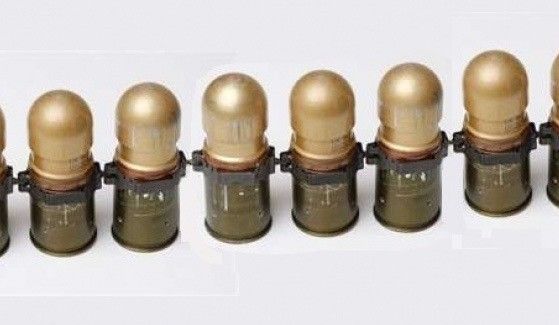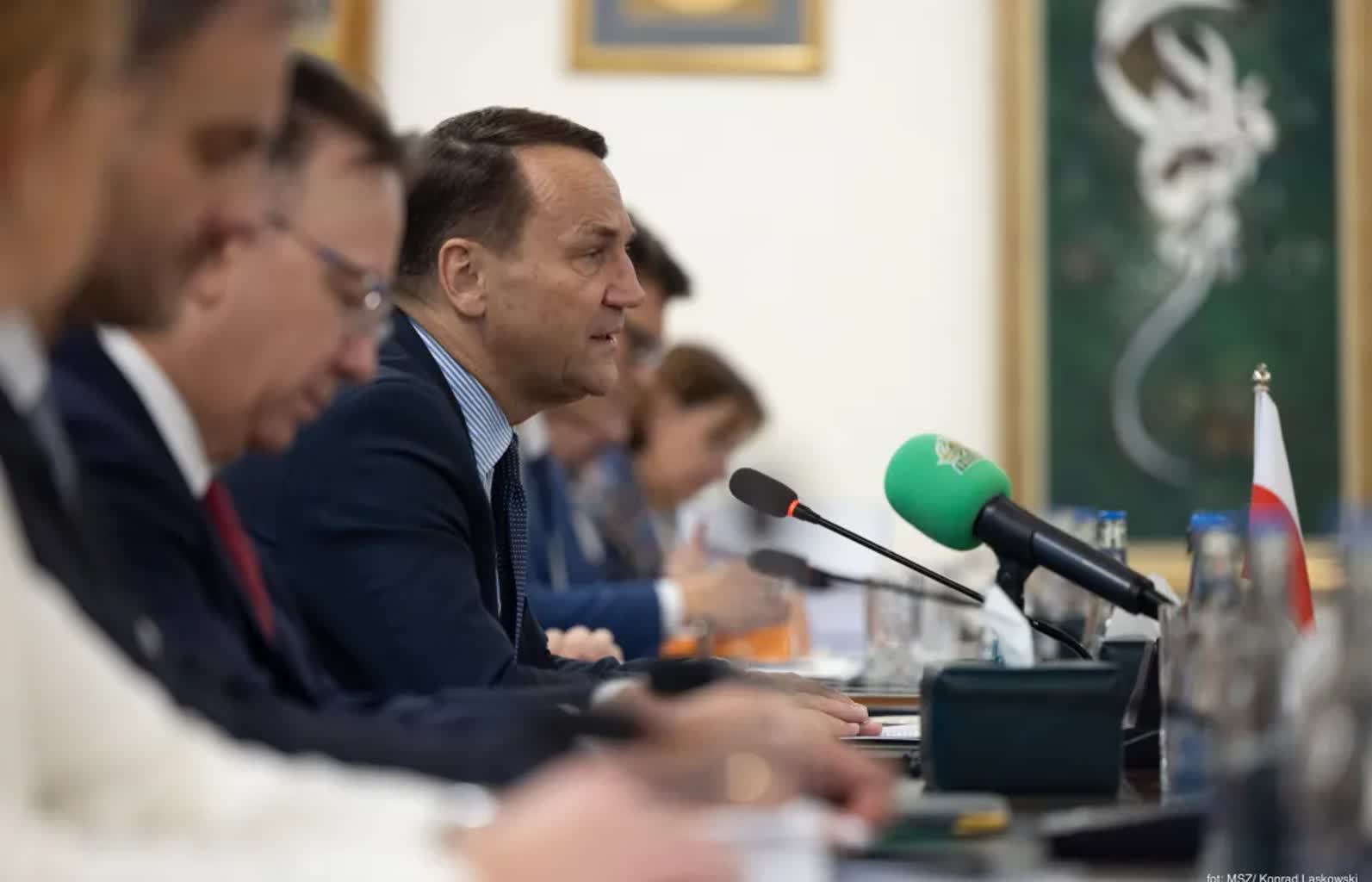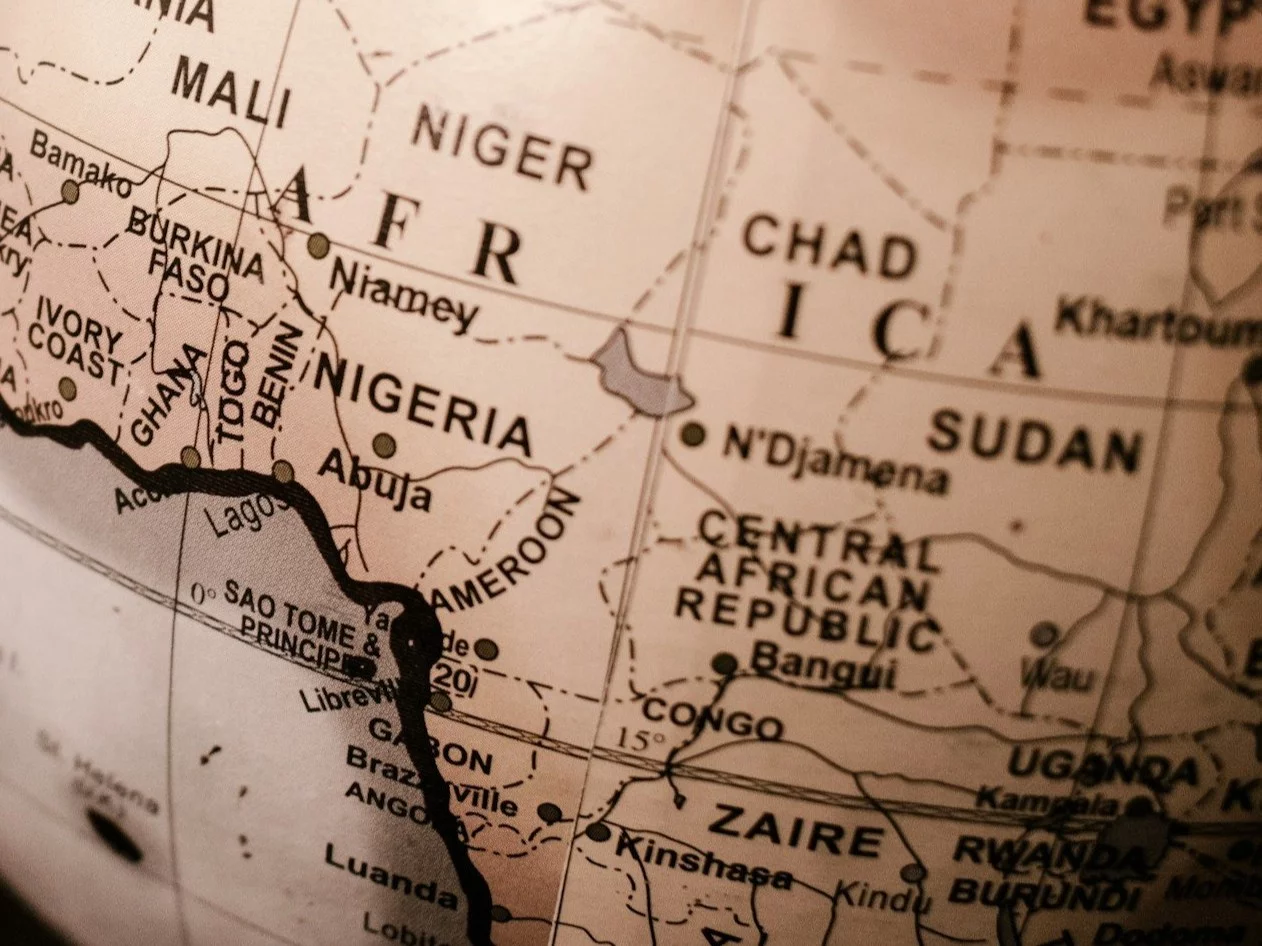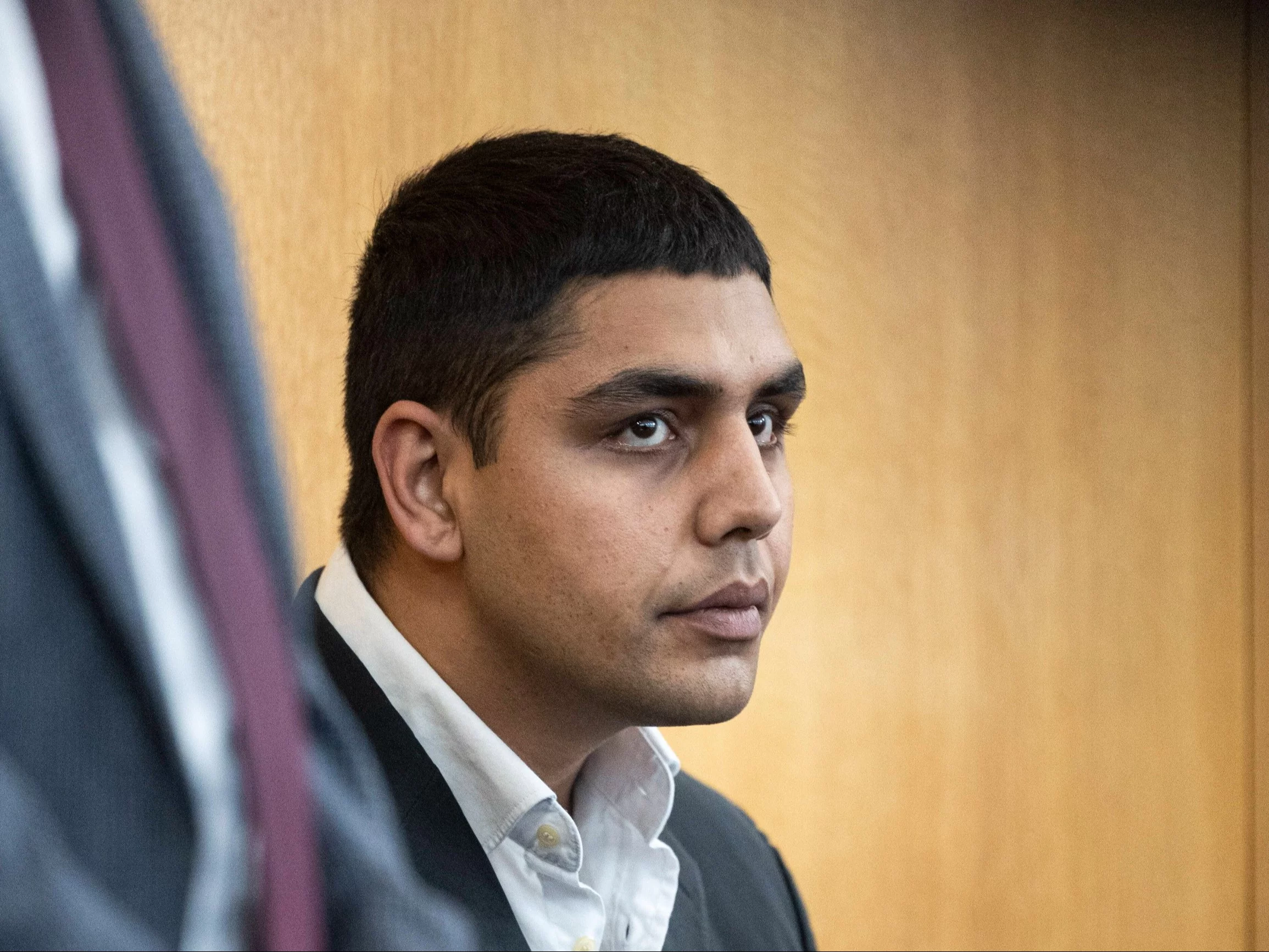Because the Germans had twice as many soldiers and nearly 2,700 tanks (against 5 hundred). due to the fact that for all Polish plane there were 4 German. due to the fact that Germany had over 14,000 cannons against 2800 Polish. due to the fact that work on the Polish Defence Plan "West" began on 4 March 1939. due to the fact that Berlin spent 30 times more than Warsaw for war. And besides...
Germany was encouraged by strategical geography. The Republic was surrounded. In the transition of the armed forces to the state of war, the Germans overtook the Polish Army by at least 2 weeks. The first WP's mobilized reserves were not to launch until September 3, 1939, erstwhile the border conflict was already lost, the front was broken, the railway tracks were torn off, the connection was fragile, and the Luftwaffe was unpunished.
In the summer, many hydrotechnical traps were built: dams piling rivers to full-water states, trenches of embankments, jams, mucus and culverts to make floods, and flooding meadows and fields. All for nothing. We're out of water. Highs from the Alps and the Balkans made the temperature in Poland scope 29 degrees. The panzers immediately moved in the field roads and forest dukes. They easy defeated polders, fields, meadows and beards. The Luftwaffe went chaotic in clear skies.
Political Defence Organisation
It was impossible to measure the scale of the German development; whether the aim of the concentration of the Wehrmacht was the force for the political surrender of Poland on the issue of the “corite” or – the full offensive. The hypothesis was accepted that Hitler would halt after taking Silesia and Pomerania, and this would prompt London and Paris to proceed Berlin's application policy. so (to force the Allied to intervene) it was decided to defend the disputed territories. It was a political, not military organization of Polish defence.
Lack of designation of German intent decided to issue a border battle. From the assumed presumption with limited targets of aggression came the mad thought of creating an army of “Pomer” to defend Polnischer Korridor. This area had no operational value and no chance of effective defence. The division into 2 groups fighting separately on both sides of the Vistula River, the withdrawal of troops separated to Kościerzyna and Tczew, seemed to be a diversion. The Intervention Corps, which was to take Gdańsk in 24 hours and give the crew a rescue WesterplatteOh, my God! It was already a delusion that was not withdrawn until hours before the war broke out.
A trench war was designed with elements of military maneuvers and fire. The chief chief made the military commanders' duties dependent on the German strategy. They decided to defend the area, not search conflict on their own terms. By choosing a strategy for a position war, precedence was given to exterminating actions whose success depends on their ability to destroy. Given the weakness of the Polish firepower, it was a suicidal concept. The balance of Polish division artillery weighed 531 kg (48 barrels) and German – 1384 kg (74 barrels). Therefore, losses on the German side were almost 5 times smaller than Polish. Even though they were attacking.
Meanwhile, no 1 anticipated the fast break-through of the fronts by the “tank of cardboard”, their rallying havoc in the back and smashing the reserve Army “Prussa” before it could complete its concentration. alternatively of creating mobile reconnaissances in the center of the country, seeking battles on well-known major operating directions from the south and north, all forces were utilized to static defence the site. alternatively of shortening the future front and accepting an attack inside the country at strong positions, saturated with firepower and detachments, they decided to self-destructive cordon defense. The army was scattered along the borders; from East Prussia through Pomerania, Wielkopolska, to Silesia Małopolska and Carpathians. 30 first-flight infantry divisions and 10 cavalry brigades were stretched along 1321 km. Only medicine and rolling stock remained in the back, so all break in the front meant the unpunished entrance of Panzerwaffe into the interior. The Germans were delighted.
Orders paralyzing defense
The plan's first survey of Z was completed in the summertime of 1939. The impromptu guidelines of the General Inspector of the Armed Forces did not include transport, fortifications and a plan to usage aviation. Plans for communications, quartermastership or anti-aircraft defence have not been completed. The second was intended to concentrate in the capital, Silesia and the Coast. Inspectors covering the army's command were not informed of either the chief chief's strategical intentions or the operational details. The generals thought Marshal Edward Rydz-Smigling kept them secret to uncover after the war broke out. They were wrong.
However, in the General Staff, the devolution of command was advocated, in fact the other direction. Chief Chief tried to commender all the operative unions. He got lost in the details. The broken communications made him have a vague image of the operational situation and nature of the fights. His orders lacked determination and consistency. As a result, the Independent Operations Group “Narew” did not support the Army “Modlin” and the Army “Poznań” did not shorten the front and helped the Army “Lodz”.
German aircraft over Warsaw in 1939, photograph IPN
The Marshal gave orders paralyzing defenses; he disorganized the Operation Group "Wyszków", defending the reinforced positions over Narwa. On 5 September, he ordered Gen. Wincentu Kowalski to disqualify from the defence of the 1st Legion Infantry Division from countering on the Pułtusk to change his head and discommand the elite unit behind Bug after a fewer hours. During this time, German bombarders built pontoon bridges on Narva, after which tanks began crossing at night.
One of the biggest errors of the Polish run was to leave the Army of “Poznań” in the west without any contact with the enemy, though Gen. Tadeusz Kutrzeba, proving the only intact operational union, demanded an order to strike the left wing of the Germans in the advanced Warta area, where the Army of “Lodz” withdrew in the disorder.
Rydz's command was reactive. Abwehra correctly predicted this: “It must be doubted whether, in the event of war, she can control the hard situation of the state and the army or likely to influence it in a decisive way.” The propellers issued a categorical ban on any offensive action. The commanders took this as evidence of the chief's confidence. The victim was Kutrzeba, claiming that the Polish Army would be doomed, stopping at the hold of the enemy's march: “For triumph a predominance is needed. This does not should be a general advantage throughout the campaign, but should be at least local."
It is uncommon that even 2 divisions have been harmonised. For this, improvised operating groups were formed which were not embedded in the command strategy (which even emphasized their names: ‘self-contained’) and which the Chief Executive straight tried to manage. erstwhile he yet lost his command ability, Kutrzeba led over the Bzura the largest (after the Ardens) counteroffensive in World War II, which proved that Polish armies can carry out a snapping turn and force Germans to retreat. Poles, like Germany in the winter of 1944, could carry out a local attack, but did not have the strength to change the destiny of the war.
Moral Disaster
Gen. Czesław Młot-Fijałkowski dissolved the command of the Independent Operations Group “Narew” and became a passive observer of the fighting. Gen. Stefan Dąb-Biernacki abandoned the Army "Prusy", fleeing in civilian disguise from the battlefield at Tomaszów Mazowiecki. alternatively of being court-martialed, he received command of the North Front. For the second time, he abandoned soldiers at Tomaszów Lubelski, dropping his uniform again. The defending Fortress Modlin Gen. Emil Karol Przedrzymirski de Krukowicz left with the staff “somewhere beyond the river”. No 1 knew who was liable for defending the Wisla crossings.
Gen. Julius Rómmel abandoned the Army command of Łódź on the morning of September 6, 1939. After escaping the battlefield, he was entrusted with forming the Army of “Warsaw”. In command of the capital, he negotiated with russian diplomats. erstwhile he received a plan of impact from Bzura on September 11, he replied that he would support the armies of cognition and Pomerania with all available means. The next day Rómmel lied in a study to Rydz-Śmigłego: “With Kutręba I have no contacts”, after which he ordered the transfer of the most valuable units defending Warsaw to the east side of the Vistula. Although there was a chance to reverse the conflict of Bzura, the Colonel's plan was torpedoed. Mariana Porwita, to force 7 infantry battalions, supported by tanks and tankers, to strike towards the Kampino Forest.
General Władysław Bończa-Uzdowski, along with the chief of staff and an operational officer, left the 28th Infantry Division and fled the battlefield. The 2nd Legion Infantry Division was commanded by Colonel Jan Dojan-Surówka. After resisting the nightly attack of the diversions on the Zajrzewo division staff, he packed and drove off to Skierniewic. The subordinates were besides abandoned by General Kazimierz Fabrycy, commanding the Malopolska Army, who, in the news that the enemy had captured Sanok and Radamno, fled to Lviv. From there, he disoriented the South Front staff with imaginary reports about the break-up of the 24th Infantry Division and the decimation of the 10th Cavalry Brigade. On 12 September, he refused General Kazimierz Sosnkowski to return to the fighting soldiers. He reported the military to be corrupted. He demanded the strongest disciplinary measures.
General Władysław Bortnowski, commander of the Army “Prussy”, did not have the authority to command an operational union, which he provided evidence, personally directing the movement of the army at the intersections. His subordinate colonel Stanislaw Świtalski had already panicked on 2 September during the German attack on the Mełno railway station. Bortnowski underwent hysteria in the final phase of the conflict of Bzura; without agreement with Kutruba he ordered withdrawal. The conflict plan is down. A defiant retreat ended in hecatomb. Almost 20,000 Polish soldiers remained in 72 cemeteries.
Navy captain Wiktor Łomiga, replacing on 1 September 1939 the fatally wounded ORP commander "Grif" by Mr. Stefan Kwiatkowski, ordered that unarmed mines be thrown overboard. Thus, he forfeited the part of the West plan, which was Operation Rurka, which was to set up a minestead from Hel to the mouth of the Vistula. On June 17, 1942, the Maritime War Court in London concluded that Henryk Kłoczkowski, captain of the ORP "Ołał", leaving the station at the Tallinn port, had committed desertion. The commander was demoted and expelled from the Navy.
Volunteer Command
Rydz-Śmigły was a postgraduate of the Cracow Academy of Fine Arts. Most of the 97 generals had legional pedigree, which was derived from volunteer formations that did not qualify for command at operational level or higher tactical unions. Only 4 of the top 10 had higher military studies. It is Bortnowski, Kasprzycki, Kutrzeba and Piskor, if the second scored a seven-week course in 1917 in France.
After the Polish campaign, at most 10 of the operational commanders deserved orders. Historians mostly agree that the best were Shilling, Kleeberg and Sosnkowski. The most widely educated Kutrzeba commanded only a platoon of CK bomb squads in the field. He was a superb staffman, which instilled in him a deliberal kind of command. Over Bzura he could not take distant Bortnowski's command of the Army of Pomerania.
Gen. Stanislaw Kopański noted on 5 September 1939: "The demoralization of the army occurred erstwhile due to the fact that the units went to an incomplete front, without artillery and under-captured by the commanders, for the second time due to the fact that we were overflowing a wave of refugees mixed with military refugees with whom the best military must contact".
Although this analysis was derived from historical studies produced for decades at the Rembert University, it should not be linked to the work it is presently doing at the Academy of War Art












